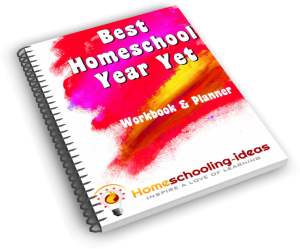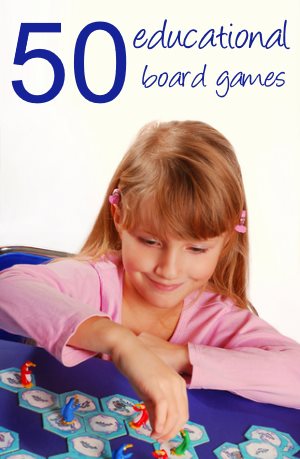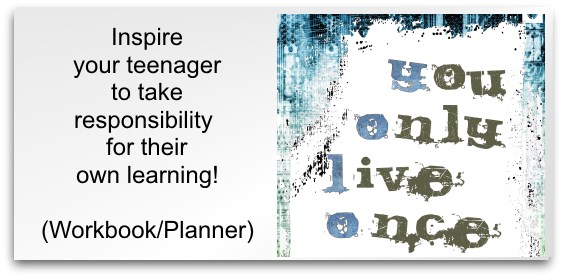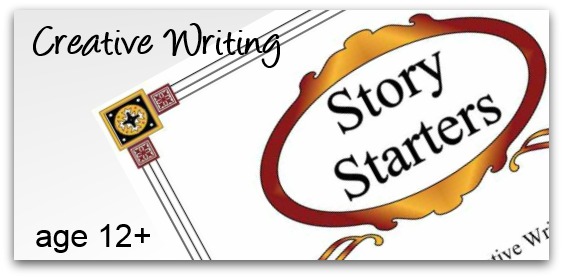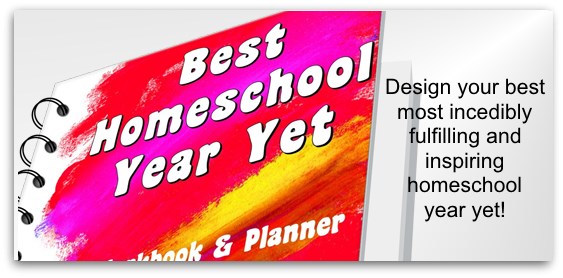Periodic Table Lessons
Are you planning some elements of the periodic table lessons as part of your homeschooling schedule?
This free element lesson on Aluminum (including a coloring page) will help you get a feel for teaching the elements of the periodic table to your kids, and developing lesson plans for the other elements.
And yes, UK readers. This is what we call Aluminium ;) A great opportunity for you to explain the differences between UK and US English perhaps!
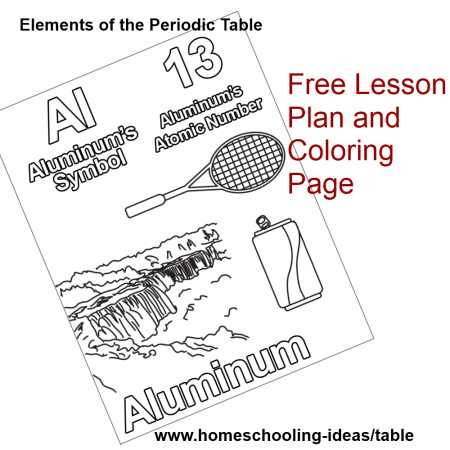


This free Aluminum lesson was written by Teresa Bondora, author of
The Periodic Table of Elements Coloring BookShe has also written several books that will help you understand the periodic table when planning periodic table lessons to teach to your children. Be sure to check out Teresa's books at the end of this article.
Periodic Table Lessons - Aluminum
Okay so I have to ask you, are you showing your kids the elements from the Periodic Table of Elements? If you’re like most people you would laugh at me at this point. But I am out to change how we teach our children science and how we perceive the “harder sciences”. Introducing the periodic table is very easy and it is what our world is made of. It’s simple to start with the elements you already know. So today I am going to start you off with one metal from the periodic table, Aluminum.
This one is pretty simple because so much of it is already in your home. So for this activity, after you show them aluminum on the periodic table (here are some printable periodic tables), take them around the house and choose different metals and ask them if they think it is made of aluminum.
Get some index cards and have them write Aluminum’s symbol, Al, on them. Have them stick the symbol to the item if it's made of Al. Don’t forget soda cans, pots and pans, light fixtures, hamster cages, metal trim around a bulletin board, camera tripod and the metal bands around your coffee pot. Here are some items that usually are not aluminum but are a cheap metal mixture instead or are made of an alloy that’s stronger: metal cabinet pulls, some fireplace tools, latches and locks, silverware, jewelry. What about the 3 ring binder? They’ll be finding aluminum now for days, everywhere they go! Can they?
Share the following facts about Al with your kids…..
- Aluminum is a metal.
- Aluminum’s atomic number is 13.
- It’s in the thirteenth column of the periodic table so that means its outer shell has 3 electrons available for bonding.
- Aluminum is the most abundant element in Earth’s crust.
- Aluminum is not found free in nature, it is found bound in a mineral called bauxite and must be mined then separated.
- In bauxite it does not look like the aluminum used to make cans. It looks like a grayish, white rock.
- The bulk of the world’s bauxite comes from Australia.
- Aluminum is soft, so a tiny amount of iron or silicon is added to aluminum to strengthen it for use in aerospace, soda cans, cookware and other commercial uses.
- The use of aluminum for the space program ushered in a new era of lightweight space age metals. Since aluminum’s popular emergence on the commercial market, other lightweight metals have been introduced for backpack frames, tennis rackets and other commercial uses where weight is an issue.
- Even though it was discovered in 1825, it remained a rare and exotic metal until the turn of the century when a brother – sister team, Charles and Julia Hall, found a way to separate Aluminum from Bauxite in an easy and cost-efficient way.
- Knowing they had come upon something great, the Halls moved to Niagara Falls, purchased property near the river and opened the first electrochemical company there, ALCOA, The Aluminum Company of America.
History
Aluminum’s discoverer is sometimes named as Friedrich Wohler and sometimes named as Hans Christian Oersted. Aluminum’s history is varied and goes back to ancient times. Alum was used in ancient Greece and Italy as an astringent. In 1754, A.S. Marggraf actually determined that alum was made of separate elements and that one of them was alumina. Later, in 1825, Oersted was the first to produce pure aluminum with a little mercury impurity. He wrote up his findings and published them in an obscure Danish journal but it was ignored. He encouraged his student, Wohler, to continue to study alumina. In 1827 he succeeded in isolating it without impurities and was able to describe its properties. He went on to be a gifted chemist and used the same method to prepare Yttrium and Beryllium. The –um ending was given to Aluminum to keep the same suffix as the rest in that column.
Make a Lapbook
You can make a lapbook with this element.
You will need a file folder for each child. Hold it like a book or greeting card. They decorate the front and include all the following on the inside. You can include the list of facts about this element included in this newsletter. Make a pocket and have them put the different facts on notecards cut in half. Put these cards in the pocket. Have them draw a soda can, a car, and take pictures of items made of aluminum and put them in the lap book. Print out a copy of the notebook sized table and have them cut out the column that includes aluminum and put that in. Don’t forget Aluminum’s symbol on the cover. You can have them cut out a map of Australia and you can print a picture of bauxite. From what other countries do we get bauxite? Don’t forget the lucky number 13 and have them draw 13 electrons, placing 2 in the first orbit, 8 in the second and 3 in the outer one.
Remind them that a brother-sister team worked together to isolate and prepare this element. Brothers and sisters can be good friends and a good team! If you have more than one child, ask them what they think they can do together when they grow up. Can they write that information? Include a picture of them together and what they wrote. My brother and I dreamed of writing a book together and getting famous and rich and buying a swimming pool and swimming in it every day! Ha! Our dreams were so simple. My brother is also a scientist! I love him very much and growing up he was my best friend. Of course we fought terribly as kids but at the end of the day we always made up. We still have a connection that we don’t get with other people and when I want to talk science, he’s who I go to!
Also, please copy and have your child color the free Aluminum color page and use pictures from it in their lapbook.
I hope you have enjoyed the Aluminum periodic table lesson.
The periodic table of elements has many elements you already know. Take a moment to check it out and see how many your children are also familiar with. The periodic table is for children, I hope you agree!
Teresa Bondora is the creator of www.howtoteachscience.com and author of The Periodic Table of Elements Coloring Book available on Amazon.com and Barnes and Noble. You can check out a free sample of the book here.
Teresa has also written:
Lessons for Elements of the Periodic Table which is compiled from a series of newsletters that she put together to help people teach the periodic table.
The Fearless and Simple Guide to the Periodic Table (Books 1 and 2) which will help you understand the periodic table (and answer YOUR questions!) so you can then teach it to your kids.

Many thanks to Teresa for her great article. I hope you can see how you can put together activities for other elements in the same way, for your homeschooling periodic table lessons.
More Periodic Table Lesson Ideas :
- My Periodic Table Ideas for Kids page shows you how to make your own periodic table.
- Have some fun with these Periodic Table Worksheets
- More Kids Periodic Table links and resources
Go to Homeschooling Ideas Home from Periodic Table Lessons Page
Lovely messages sent from visitors like you:
Oh my goodness! I am a home schooling mum of 4 and I have NEVER found a better site! Thank you so much.
Blessings, Jenny (New Zealand)
I wanted to say THANK YOU for your fabulous website. I found your website, and finally I have the confidence to take the plunge and take my daughter out of school and educate her at home, thank you, thank you.
Marina (UK)
I cannot get over how much great information and super ideas you have here. Fantastic!
Ruralmama (USA)
This is simply fabulous!! I just now found this site and I'm so excited!! The opportunities and suggestions as well as the need to inspire are exactly what I have been searching to fulfill!! I'm so thrilled to get started and even more excited to continue to explore all of the fabulous suggestions and creative ideas you have offered here!!! Thank you, thank you, thank you!
Jennifer (USA)





